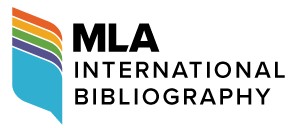Abstract
As a key concept in digital media art, “interactivity” involves both participation and automation. However, the dominant narrative—shaped by political hopes and technological optimism—has obscured the theoretical potential of the “interactivity” concept for explaining the predicaments of art. Interactive art succeeds where participatory theatre fails because computers avoid performer fatigue and disrupt habitual human patterns through randomness. This reshapes experience and supports experimental artistic environments. In this context, automation has been used to seek aesthetic expression beyond human experience, while “interpassivity” describes how artistic creation and enjoyment can be delegated to machines. Yet fully automated art often leads to breakdown or stagnation, revealing that automation also produces a kind of art fatigue. By framing the human–machine relationship as an interaction between heterogeneous agents, interactivity resists this fatigue of homogeneity. Human significance lies in the capacity to preserve interpretive and active freedom beyond systemic feedback loops, ensuring that experiential difference cannot be fully assimilated into reflexive systems.
Keywords
digital media art, interactivity, interpassivity, human-computer interaction
First Page
34
Last Page
44
Recommended Citation
Miao, Simeng. 2025. "Human-Computer Interaction: Tracing the Concept of “Interactivity” in Digital Media Art." Theoretical Studies in Literature and Art 45, (3): pp.34-44. https://tsla.researchcommons.org/journal/vol45/iss3/4


